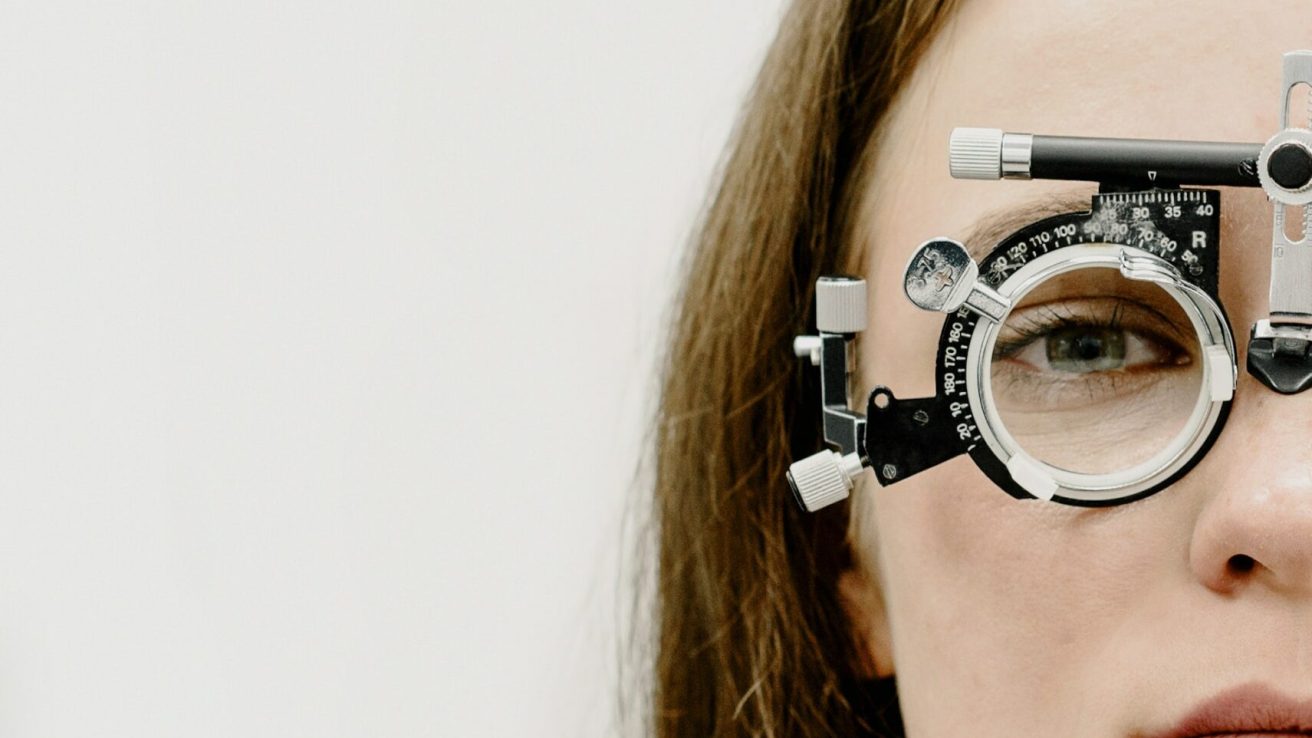A recent study developed a novel methodology to identify lapses in diabetic retinopathy care, providing insightful analysis on racial and ethnic disparities in the continuity of care. Findings show a pressing need for targeted interventions to minimize gaps and improve patient outcomes.
- Researchers have developed a reliable methodology to detect lapses in diabetic retinopathy care based on a provider’s recommended follow-up.
- Analysis reveals that more than three in four patients experience a lapse in diabetic retinopathy care, with higher rates among non-Hispanic Black and Hispanic patients.
- Implementing this methodology into electronic health records systems can help to identify and address lapses in critical ophthalmic care.
According to a study published in Ophthalmology Science, researchers developed a methodology that effectively identifies lapses in diabetic retinopathy care. This approach pinpoints gaps by comparing the provider’s recommended follow-up timeframe with the patient’s actual subsequent encounter. This methodology demonstrated impressive sensitivity and specificity in detecting follow-up recommendations and diabetic retinopathy-related visits.
Racial and Ethnic Disparities in Diabetic Retinopathy Care
The application of this innovative method revealed health disparities by race and ethnicity. The study found that non-Hispanic Black patients and Hispanic patients had significantly higher odds of experiencing a lapse in care when compared with non-Hispanic White patients. These findings align with those of previous studies, highlighting the critical need for interventions targeting these disparities.
Potential for Implementation in Electronic Health Records
The researchers suggest deploying this methodology in electronic health records (EHR) as a means to identify and mitigate lapses in critical ophthalmic care. By recognizing a lapse in real time, systems could alert administrative staff to follow up with patients or provide clinicians with a patient’s history of care lapses to inform treatment decisions.
Improving Patient Care With This Model
This novel approach to identifying lapses in diabetic retinopathy care represents a potential tool for improving patient care. With more than three in four patients experiencing a lapse, and the identified disparities in care, clinicians need to be mindful of the follow-up and continuity of care for all patients, especially among non-Hispanic Black and Hispanic populations. Implementing such a methodology in EHR systems may assist in the timely identification of care lapses, enabling appropriate interventions and potentially improving patient outcomes. These findings highlight the importance of addressing health disparities in diabetic retinopathy care to ensure equitable and effective care for all patients.
Source:
Cai, C. X., Tran, D., Tang, T., Liou, W., Harrigian, K., Scott, E., Nagy, P., Kharrazi, H., Crews, D. C., & Zeger, S. L. (2023). Health Disparities in Lapses in Diabetic Retinopathy Care. Ophthalmol Sci., 3(3), 100295. https://doi.org/10.1016/j.xops.2023.100295










